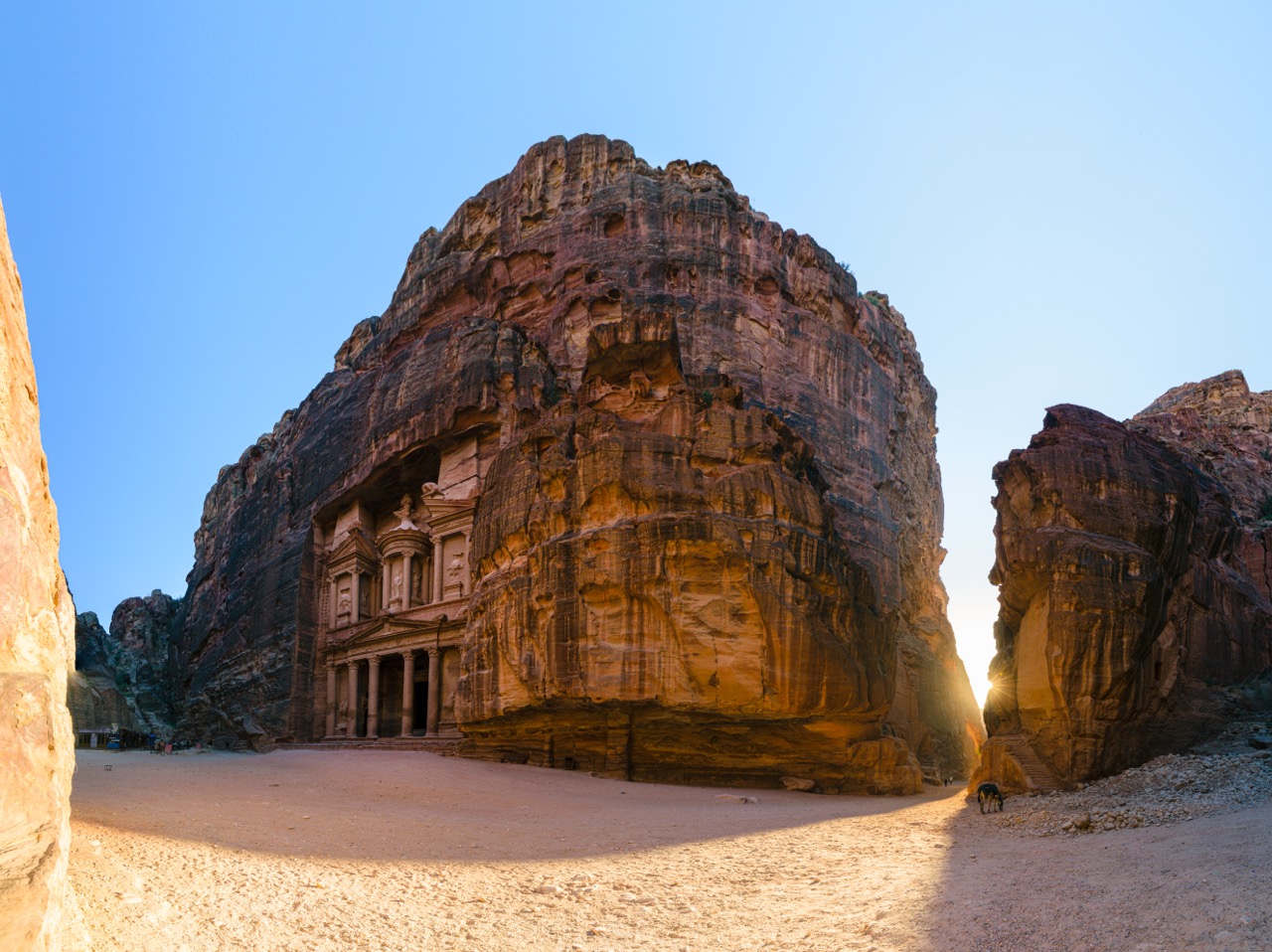Ultraviolet photography reveals lost text in a double palimpsest from the Vatican Library
An incredible discovery by a medievalist at the Austrian Academy of Sciences unveils one of the earliest translations of the Gospels, providing unique insight into the early history of the Bible’s transmission.
About 1,300 years ago, a Palestinian scribe erased a Syriac text from a book of the Gospels to repurpose the scarce parchment. Grigory Kessel, a medievalist from the Austrian Academy of Sciences (OeAW), has now deciphered the lost words on this layered manuscript, known as a palimpsest. Kessel’s discovery of one of the earliest translations of the Gospels, dating back to the 3rd century and copied in the 6th century, is published in the journal New Testament Studies.
Ancient Syrian Version: The Fourth Textual Witness
Syriac Christianity encompasses several translations of the Old and New Testaments, according to Grigory Kessel. Previously, only two manuscripts containing the Old Syriac translation of the Gospels were known. One resides in the British Library in London, while the other, a palimpsest, was discovered at St. Catherine’s Monastery at Mount Sinai. The third manuscript’s fragments were identified through the “Sinai Palimpsests Project.”
Using ultraviolet photography, Kessel discovered the fourth textual witness, a small manuscript fragment, as the third layer of text, or double palimpsest, in a Vatican Library manuscript. This fragment is the only known remnant of the fourth manuscript attesting to the Old Syriac version, providing a unique perspective into the early phase of the Gospels’ textual transmission.
Comparing Greek and Syriac Translations
For instance, while the original Greek of Matthew 12:1 states, “At that time Jesus went through the grainfields on the Sabbath; and his disciples became hungry and began to pick the heads of grain and eat,” the Syriac translation reads, “[…] began to pick the heads of grain, rub them in their hands, and eat them.”
Claudia Rapp, director of the Institute for Medieval Research at the OeAW, credits Grigory Kessel’s significant discovery to his deep understanding of old Syriac texts and script features. The Syriac translation predates the oldest surviving Greek manuscripts, including the Codex Sinaiticus, by at least a century. The earliest extant manuscripts with the Syriac translation date to the 6th century and are preserved as palimpsests on new parchment leaves.
Rapp emphasizes the importance of modern digital technologies and basic research in studying medieval manuscripts, as exemplified by this groundbreaking discovery.
📚📖 Make sure to join Ancient Library on Telegram, and become part of a unique group 👉🏻 https://t.me/theancientlibrary
If you want to help us out and support the page, you can buy us a coffee ( we really appreciate it) 👉🏻 https://www.buymeacoffee.com/ancientlibrary
I am the Librarian, and I, together with the guardians of the Ancient Library, curate content for this site. Welcome, and enjoy your stay.
-
The Librarianhttps://ancient-library.com/author/ivan/
-
The Librarianhttps://ancient-library.com/author/ivan/
-
The Librarianhttps://ancient-library.com/author/ivan/
-
The Librarianhttps://ancient-library.com/author/ivan/





